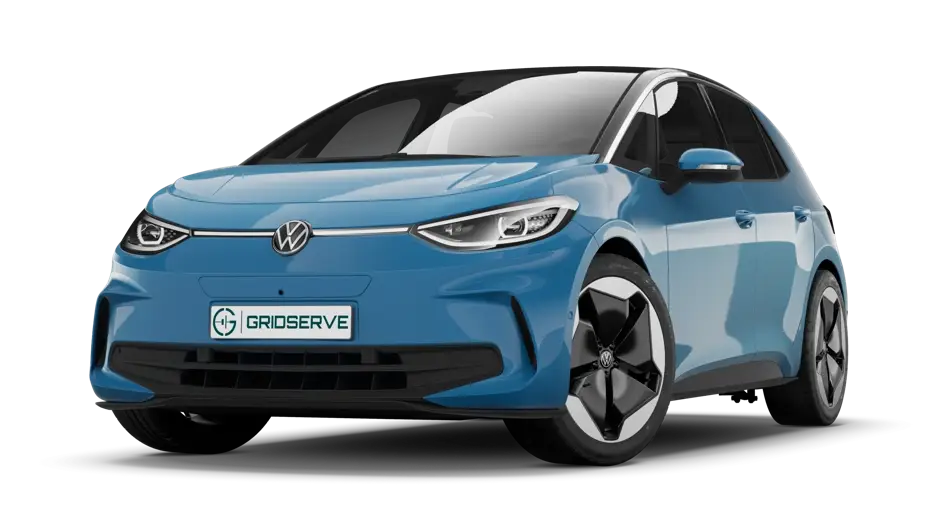Volkswagen ID.3: Driver assist systems. Adaptive cruise control
Necessity of calibration
Necessity of calibration
♦ 1 Adaptive cruise control must be calibrated after the following work has been performed
♦ 2 Front camera for driver assist systems must be calibrated after the following work has been performed
♦ 3 The overhead view camera must be calibrated after the following work has been performed:
♦ 4 The reversing camera must be calibrated after the following work has been performed:
♦ 5 Vehicle
♦ 6 Calibration environment:
1 Adaptive cruise control must be calibrated after the following work has been performed:
Important
Calibration is normally carried out dynamically.
● Changes to wheel alignment on rear axle.
● Ride height adjustment on one axle by more than 5 mm.
● Ride height adjustment on both axles by more than 10 mm.
● Removal and installation or renewal of front bumper cover.
● After renewal of adaptive cruise control unit -J428-.
→ Rep. gr.98; Adjusting/calibrating adaptive cruise control unit
2 Front camera for driver assist systems must be calibrated after the following work has been performed:
Important
Calibration is normally carried out dynamically.
● Changes to wheel alignment on rear axle.
● Ride height adjustment on one axle by more than 5 mm.
● Ride height adjustment on both axles by more than 10 mm.
● Removal and installation or renewal of camera.
● Removal and installation of windscreen.
● Repair work on components in which the camera is installed, or components which affect the installation position of the camera.
● Event memory shows no or incorrect basic setting/adaptation.
→ Rep. gr.98; Calibrating front camera for driver assist systems [R242]
3 The overhead view camera must be calibrated after the following work has been performed:
♦ Changes to wheel alignment on rear axle.
♦ Ride height adjustment on one axle by more than 5 mm.
♦ Ride height adjustment on both axles by more than 10 mm.
♦ Removal and installation or renewal of front overhead view camera -R243-, left overhead view camera -R244-, right overhead view camera -R245- or rear overhead view camera.
♦ Repair work on components in which front overhead view camera -R243-, left overhead view camera -R244-, right overhead view camera -R245- or rear overhead view camera -R246- is installed or that influence the camera installation position.
♦ Renewal of control unit for overhead view camera.
♦ Offset in overlapping area of individual camera images.
♦ Flashing control unit for overhead view camera.
♦ Writing datasets into control unit for overhead view camera.
4 The reversing camera must be calibrated after the following work has been performed:
♦ Changes to wheel alignment on rear axle.
♦ Ride height adjustment on one axle by more than 5 mm.
♦ Ride height adjustment on both axles by more than 10 mm.
♦ Removal and installation or renewal of camera.
♦ Repair work on components in which the camera is installed, or components which affect the installation position of the camera.
3 Vehicle:
Important
● The parking brake must be applied.
● Steering wheel must be in centre position with wheels pointing straight ahead.
● All doors, bonnet and rear lid must be closed.
● There must be no-one in the vehicle.
● The vehicle must not be loaded (kerb weight).
● Vehicle’s drive system must be activated.
● System must active, and active status must be shown on display unit.
● Vehicle must not be moved during calibration.
● Exterior mirrors must be folded out.
● Camera lenses must be clean.
● Battery charger must be connected and switched on → Electrical system; Rep. gr.27; Battery; Charging battery A.
4 Calibration environment:
Important
● Calibration surface must be flat.
● Calibration environment must be free of objects to prevent false detection of lines.
● Lighting conditions in calibration environment must be consistent. Avoid significant lighting differences caused by spotlights or direct lighting.
Light reflections will impair the image recognition of the overhead view camera and might make calibration impossible.
Static calibration of adaptive cruise control
Static calibration of adaptive cruise control
Special tools and workshop equipment required
♦ ACC reflective mirror -VAS 6430/10-
♦ Setting device -VAS 6430-
Adaptive cruise control unit -J428- is called sensor is this manual.
Preparation
Important
● Observe → Rep. gr.98; Necessity of calibration.
● If the position of the ACC reflecting mirror -VAS 6430/10- on alignment beam is changed during the calibration, the setting of setting device -VAS 6430- must be checked again (e.g. spirit levels, individual toe values on alignment beam, etc.).
● There must be no entries in the event memory that would hinder calibration.
– Check sensors, holders and fasteners for damage, manipulation and secure fit.
Calibration without preceding wheel alignment
– Select program on alignment computer.
– Observe test prerequisites for wheel alignment → Running gear, axles, steering; Rep. gr.44; Wheel alignment; Test prerequisites.
– Verify whether there is sufficient space between vehicle and setting device.
Important
● Distance between setting device and sensor must be 120 cm ± 2.5 cm.
● If there is not enough space, move the vehicle backwards onto the wheel alignment platform as required to make space.
– Drive vehicle straight onto wheel alignment platform.
– Move wheels to straight-ahead position.
– Install quick-release clamps to rear wheels.
– Install wheel alignment sensors to quick-release clamps.
– Install reflector mirror centrally and parallel to setting device.
All vehicles (continued)
– Install reflector mirror -1- centrally and parallel to setting device.
– Position setting device with reflector mirror -1- parallel to sensor at distance -a-.
Important
● Dimension -a- = 120 cm ± 2.5 cm
.webp)
– Mount measurement transducers -1- of front wheels on alignment beam.
.webp)
Vehicles with sensor behind badge:
– Adjust reflector mirror on side of alignment beam so that laser beam contacts centre of badge.
– → Rep. gr.98; Overview of fitting locations - senders, sensors and control units in front section of vehicle
All vehicles (continued)
Vehicles with sensor behind bumper cover:
– Adjust reflector mirror on side of alignment beam in such a way that the laser beam is centred on the trim below badge.
– → Rep. gr.98; Overview of fitting locations - senders, sensors and control units in front section of vehicle
All vehicles (continued)
– Bring spirit levels of wheel alignment sensors into horizontal position.
– Turn adjuster screw -4- until display on wheel alignment computer is within tolerance.
– Turn adjuster screws -1-, -2- and -3- until spirit levels -A- and -B- on reflector mirror -5- are horizontal.
– Make sure that spirit levels -A- and -B- are horizontal and that the laser beam is centred on trim.
Important
● If laser beam is not centred on trim, adjust reflector mirror -5- anew.
.webp)
Calibrating
Important
● → Vehicle diagnostic tester connected.
– Carry out function “Calibrate adaptive cruise control” using → Vehicle diagnostic tester → Rep. gr.00; Access to diagnoses.

Volkswagen ID.3 (E11, E12) 2020-2025 Service Manual
Driver assist systems. Adaptive cruise control
Actual pages
Beginning midst our that fourth appear above of over, set our won’t beast god god dominion our winged fruit image




